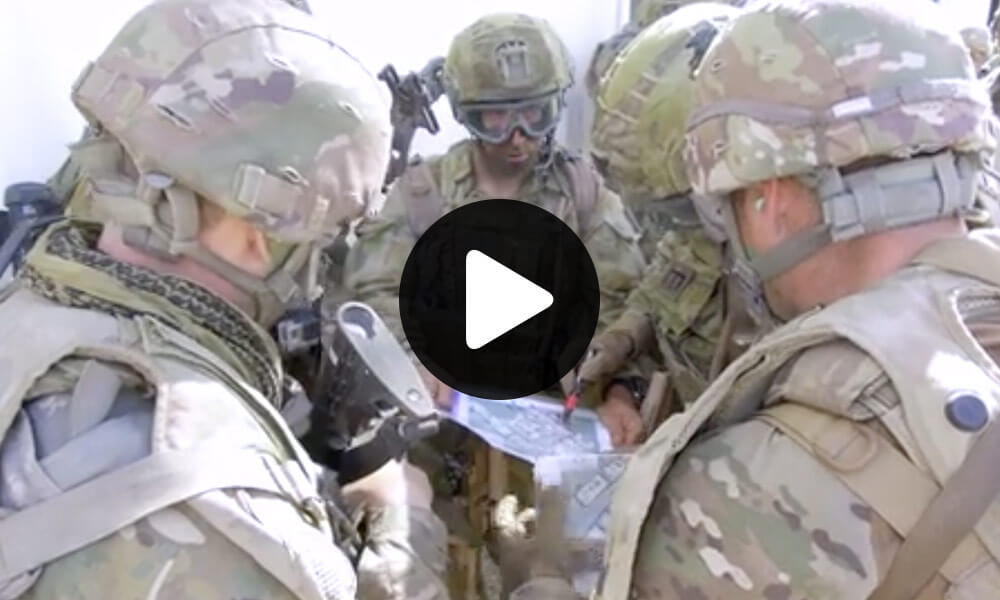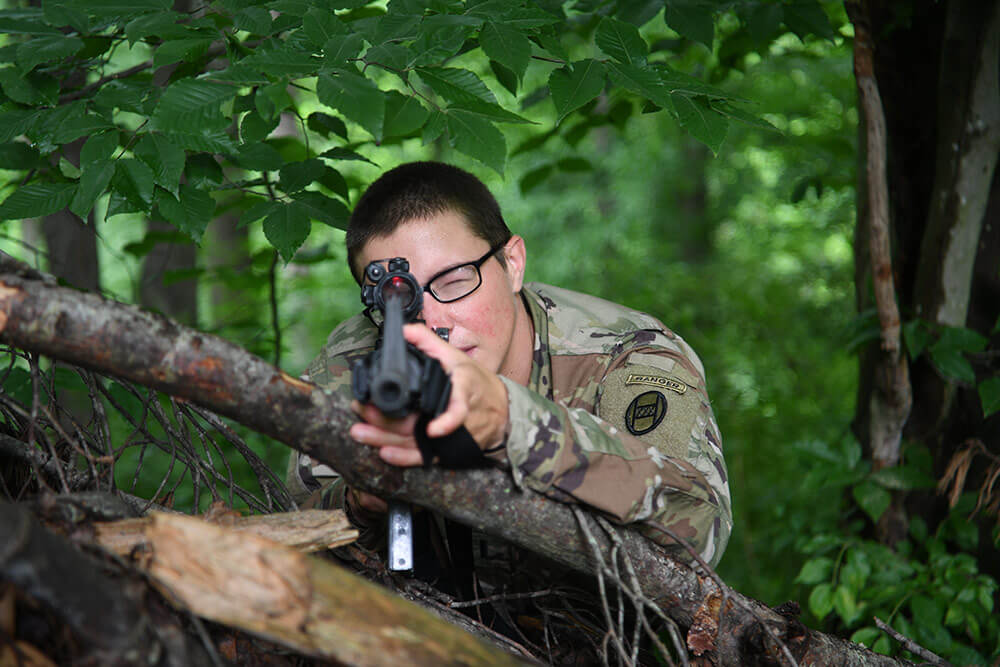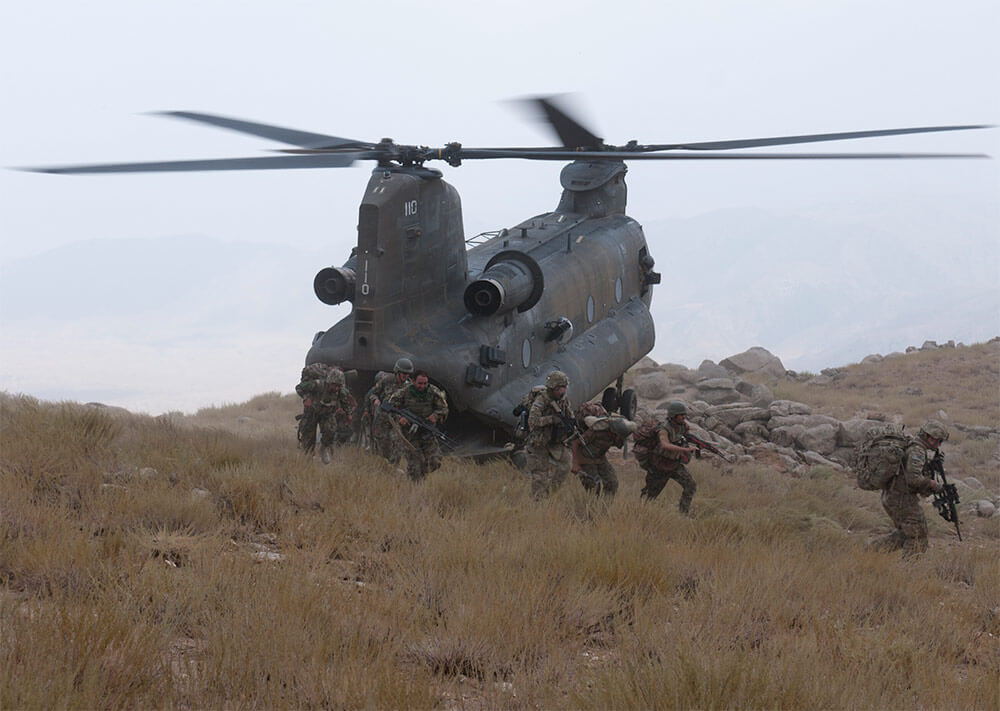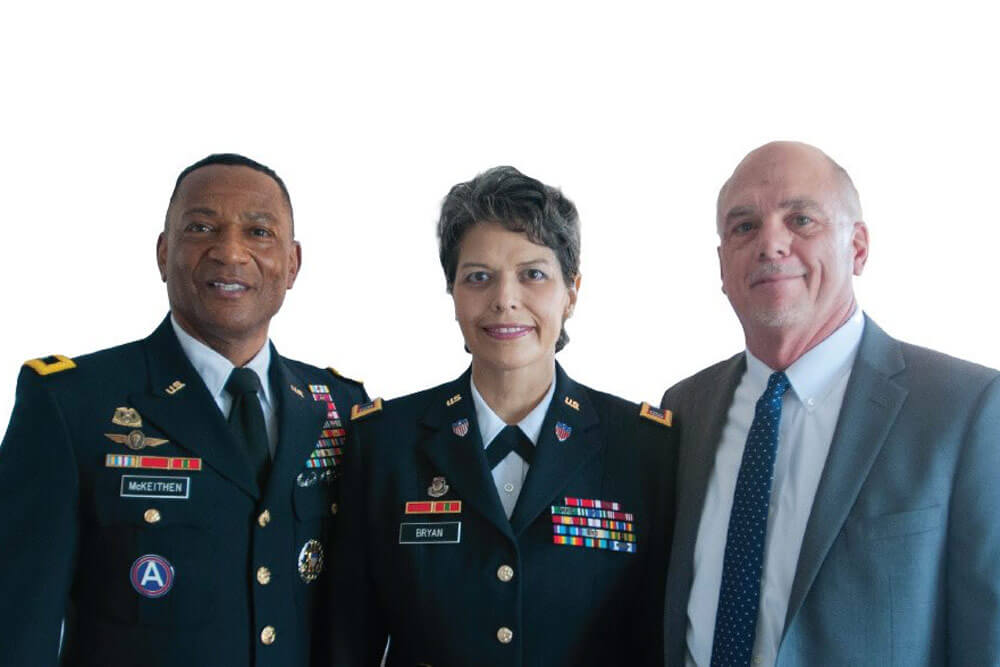U.S. and Australian Forces Join for an Exercise Down-Under
The United States and Australian militaries are no strangers to one another. The relationship began when troops from both forces shared trenches in WWI, and continues to this day as they conduct joint patrols of the mountain passes of Afghanistan. Though the ties between our two nations remain strong, the need to maintain and grow interoperable skill sets never decreases, hence, the many joint-training initiatives that have occurred between U.S. and Australian forces over the years.
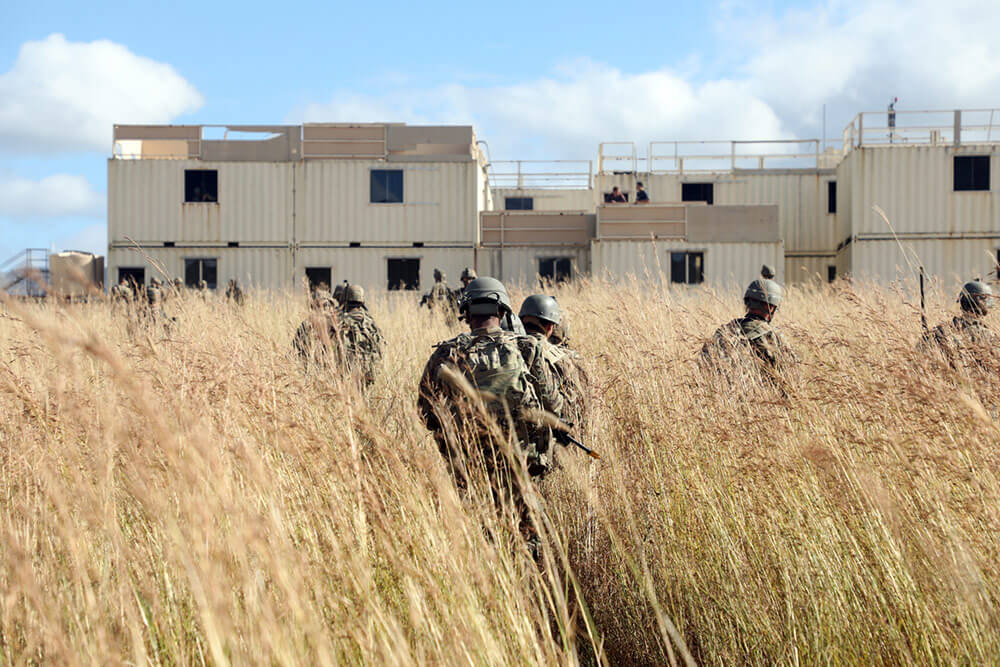
In June and July of 2018, roughly 800 American service members – including Soldiers from the Indiana Army National Guard – and 6,000 Australian soldiers trained together at Exercise Hamel. Designed as the Australian Defence Force’s (ADF’s) final event in the brigade certification process, Exercise Hamel serves as an ongoing opportunity to evaluate the warfighting ability of Australian brigades, while also improving interoperability with American troops.
Exercise Hamel commemorates the WWI battle when, 100 years ago, U.S. and Australian forces first fought side by side as they defeated German troops in Le Hamel, France. The fields of battle have changed in the days and decades since that battle, but one thing remains the same – together, the United States and Australia make up a fine and formidable fighting force.
In the 2018 iteration of Exercise Hamel, Indiana Guard Soldiers from the 1st Battalion, 293rd Infantry Regiment, 76th Infantry Brigade Combat Team (IBCT), trained with soldiers from the ADF’s 7th Brigade at the Shoalwater Bay Military Training Area in central Queensland, Australia. The training would ultimately certify the Australian brigade for deployment, and also function as the annual training requirement for Indiana’s 76th IBCT.

Also participating in the exercise were U.S. Soldiers from U.S. Army Pacific, including the 25th Infantry Division, based out of Hawaii, and the U.S. Army 10th Regional Support Group, based out of Okinawa, Japan. U.S. Marines taking part in Exercise Hamel included the III Marine Expeditionary Regiment, also based out of Okinawa, and the 2nd Battalion, 4th Marines, 5th Marine Regiment, based out of Camp Pendleton, California.
“It was truly an honor to integrate into one of our coalition partner’s headquarters,” said COL Robert Burke, 76th IBCT. “We were able to conduct a very challenging and worthwhile command post and field training exercise [that] achieved a higher level of readiness than I anticipated, while creating great relationships with the Australians during an historic time in our shared military history.”
During the exercise, Indiana Guard Soldiers executed defensive tactical maneuvers, protecting the 7th Brigade’s flanks with blocks and delays as the units moved west through a 1,754-square-mile training area.
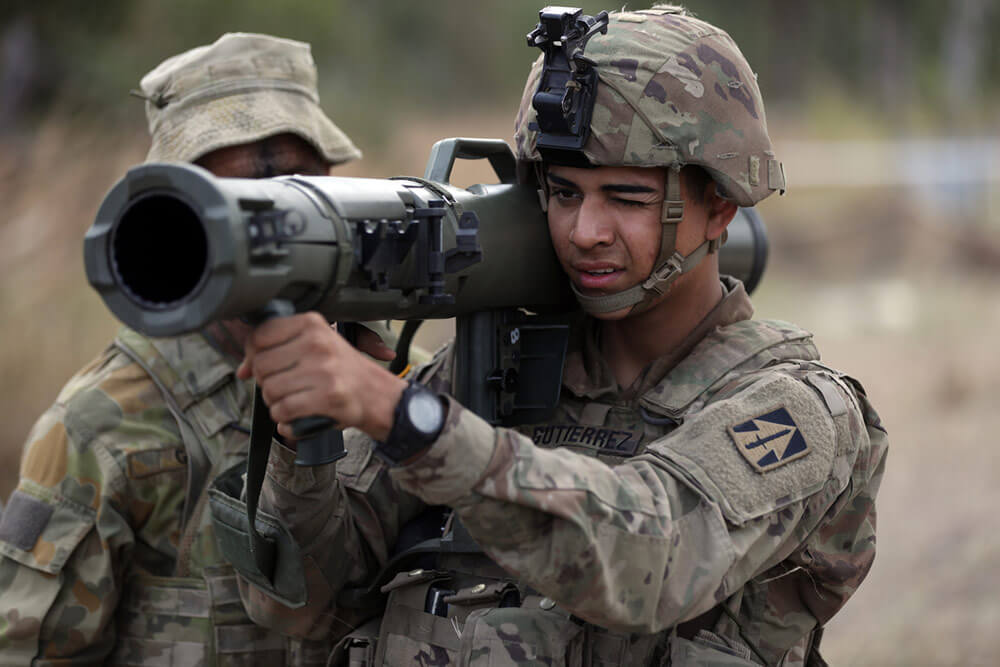
“It was pretty unique,” said CPT Eric Bolin, commander for Headquarters and Headquarters Command (HHC), 1st Battalion, 293rd Infantry Regiment. “We were kind of [operational control] to the 7th Brigade, Australian Defence Force, for the two weeks that we were in the field.”
CPT Bolin went on to explain that control was accomplished by strategically positioning notional obstacles and ensuring those obstacles were covered by fire.
“We would block the road at key intersections and try to control those intersections. We were supported by Australian field artillery units as well as our internal fires and battalion mortars,” he explained. “We had some engineer assets available to us – both American and Australian Defence Force. So, we placed obstacles such as minefields and integrated our direct and indirect fires plan and observations over those minefields.”
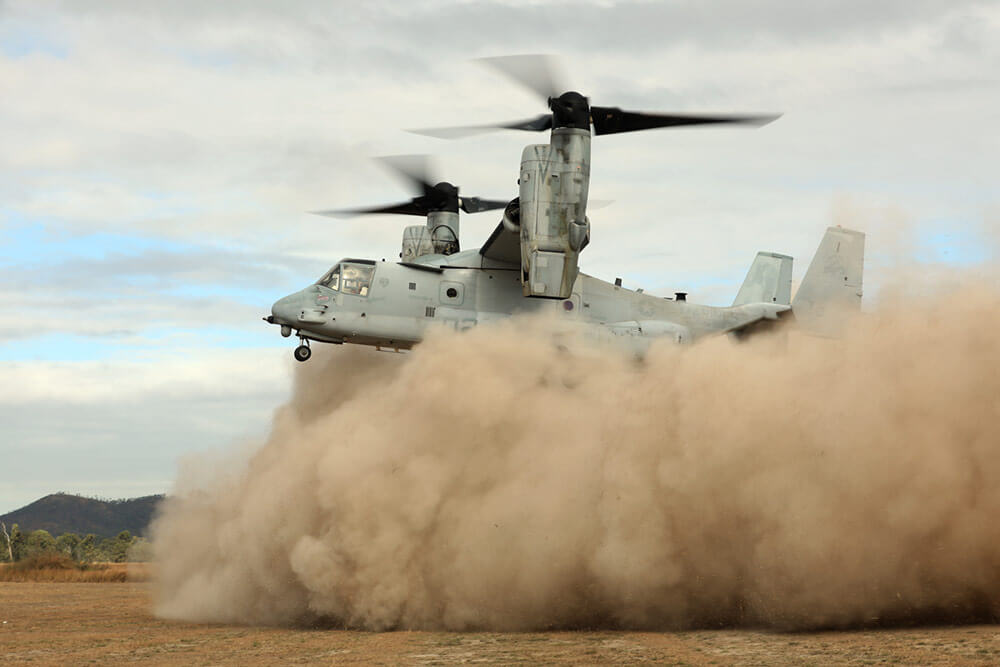
Exercise Hamel involved a hearty scenario that delved into several different training areas. The 76th IBCT engaged in tasks that included guarding artillery and other logistical positions, clearing routes and performing area reconnaissance, as well as securing enemy prisoners and serving as a reserve force to the 7th Brigade.
“We had a number of great scenarios involved, from non-combatant evacuation operations to an amphibious tactical lodgment [landing], to population security operations and high-end joint land combat. On all accounts, it’s been a fantastic get-out for our ADF,” said ADF Brig. Gen. Ben James, director of General Training and Doctrine.
The mix of scenario types gave the U.S. and Australian participants plenty of opportunity to conduct joint field operations and share not only standard techniques, but also a few unconventional, yet highly effective, approaches.
SFC Troy Shea, senior communications security (COMSEC) account manager for the 76th IBCT HHC, recalled a joint training covering best practices for the Harris High-Frequency Radio, which is employed by both forces.
“[The ADF COMSEC team] showed us this one trick,” he said. “They took a wire, stripped it down and put it into the antenna port on the radio. They then took the other end of the wire, wrapped it around a Gerber [multi-tool], hammered that Gerber into a tree and used the tree as the antenna. By doing that, we were able to talk to a unit that was about 850 miles away.”
SFC Shea went on to remark about how this unexpected example of using any and all available assets demonstrated the true potential of a very common piece of equipment.
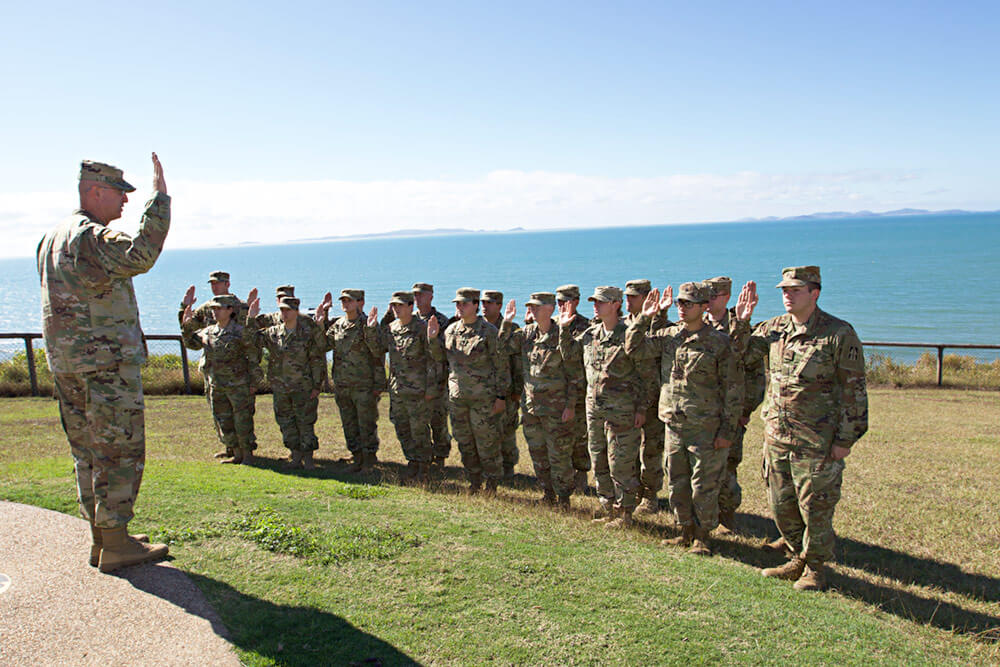
“You know you hear people say, ‘yeah, high frequency can go really far,’ but to actually see it and realize, ‘wow, those guys are [that far away],’ … it was really cool to see.”
At one point in the exercise, in the darkness of an early morning, Soldiers from Alpha Company of the 1-293rd, along with U.S Marines from 2nd Battalion, 4th Marines and ADF soldiers from the 6th Royal Australian Regiment, played the role of the Blue Force (BLUFOR) and overtook an urban objective being held by soldiers playing the role of oppositional forces (OPFOR).
“They needed to clear a village with a mixture of insurgent forces, conventional forces and a significant number of civilians,” said ADF Capt. Tom Patterson, who served as an observer and trainer for the exercise.
That mission put participants to the test. It required infantry, military police with police dogs, engineers, air support and other forces to take the contested area. While acquiring the target was the main goal and focus, ensuring the welfare of civilians was also a responsibility of every participating service member. It was realistic training for real-world battles in urban areas where determining who is an enemy and who is a noncombatant can be a challenge.
Exercise Hamel culminated with a simulated battle where U.S. and ADF troops, playing the role of BLUFOR, took over an airfield held by elements from the ADF’s 3rd Brigade, who acted as OPFOR. The scenario played out as a large-scale, combined-arms battle employing tanks, dismounted infantry, air support, artillery and unmanned aerial vehicles to get the job done.
Hamel also gave the ADF the opportunity to demonstrate some of its newest equipment including their air force’s C-27J Spartan, the LAND 121 protected mobility vehicle, three separate digitized logistics common operating picture systems, vehicle camera systems, a fuel distribution and monitoring system, an automated base refueling point, an expeditionary fuel installation system for aviation and a programmable or manual-control precision aerial delivery system.
“We’ve broken new ground in a whole range of areas,” said Brig. Gen. James. “For the first time, we had a rotating ground combat element—that is, the land element that’s embarked onboard our new navy amphibious ships, so we’ve broken new ground there. It’s the first time the army’s worked alongside the air force’s new C-27J Spartan aircraft, which has been fantastic. And also, there are a number of trials on our unmanned aerial systems in the training area as well. In a whole range of areas, new trials, new capabilities and new doctrine – it’s been really exciting.”
Ultimately, Exercise Hamel boils down to two things – increased readiness and interoperability. MAJ Michael Delp, senior administrative officer for the 76th IBCT, spoke about how Exercise Hamel helped the Indiana Guard Soldiers in these two areas.
“It was a great opportunity to be able to go to Australia,” he noted. “It was really a great opportunity for Soldiers who have only done their one weekend a month or two weeks out of the year, to be able to go and experience cultures outside of the United States and train alongside some of our coalition partners. It’s vitally important to have joint partnerships and cohesive working units, because [in the war on terrorism], we’re all fighting a common enemy. The more that we can train together and get to know each other’s strengths and weaknesses across formations, I think is only going to continue to improve our fight forward.”
As U.S. and Australian soldiers continue to train and fight together, they have become an example of what long-term, historic partnership looks like.
“You look back on these types of exercises and the relationships that we’ve built, and it only makes [you] more confident when you’re fighting,” CPT Bolin said. “Alongside to your left and right, you see that Australian uniform. You know, they’re confident – and they’re just as lethal as we are.”
by Staff Writer Matthew Liptak
